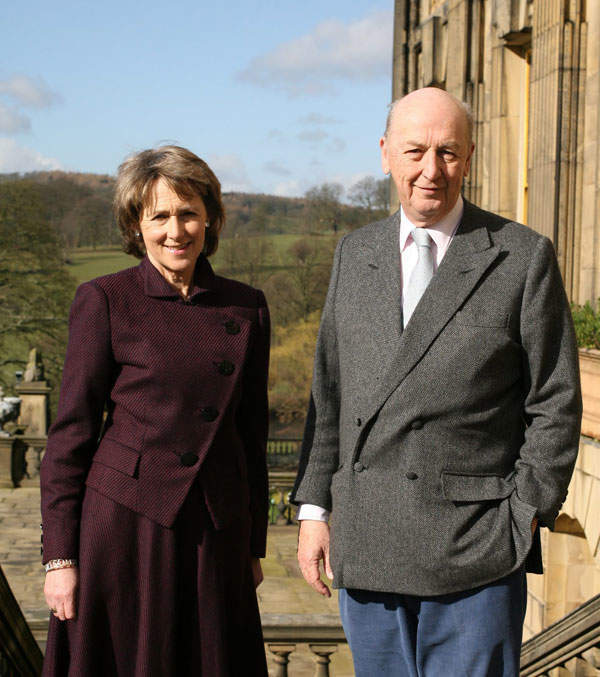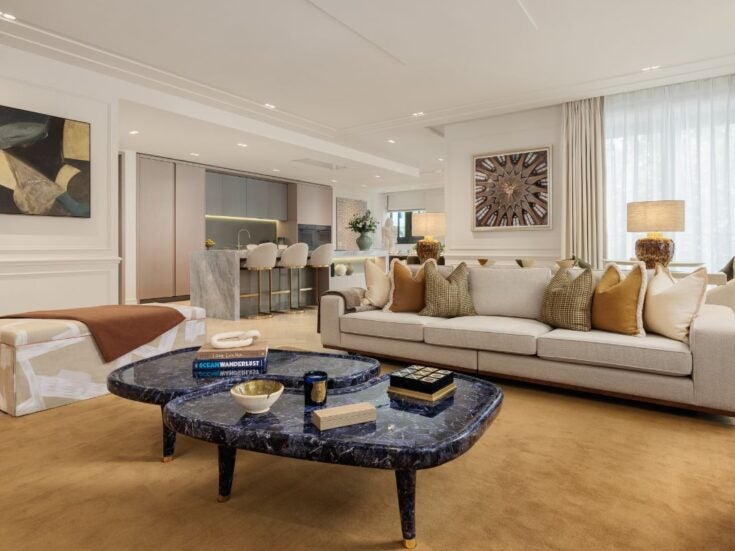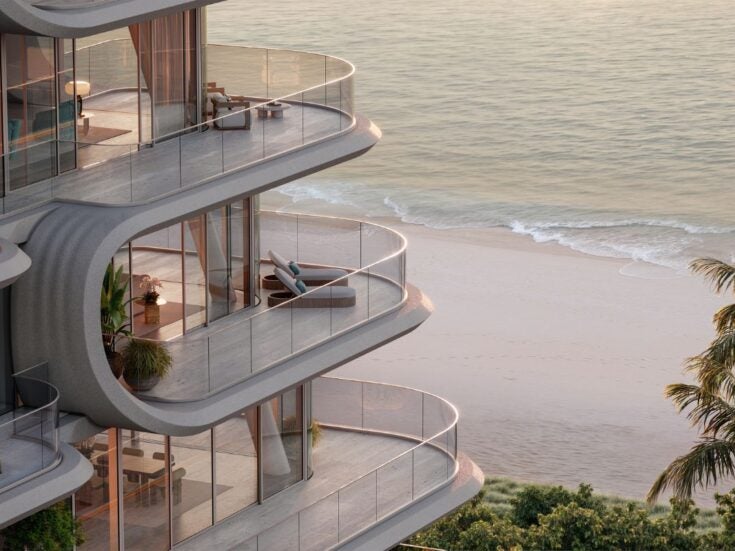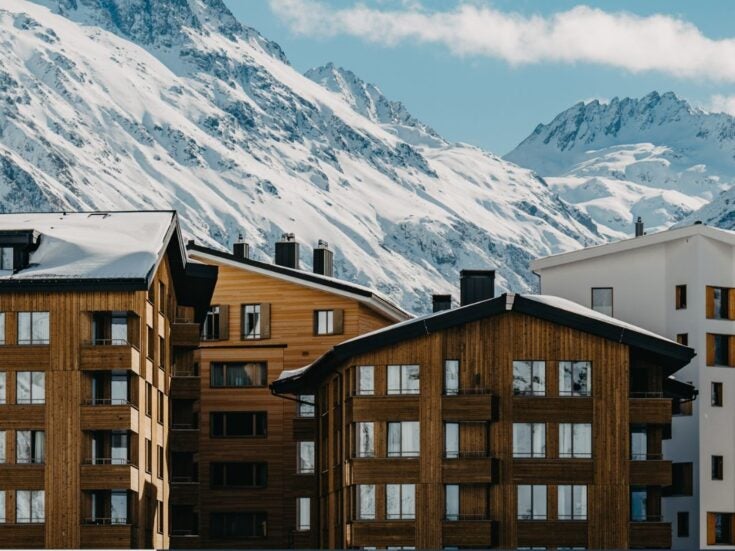
Talking on Monday at Art Antiques London about Chatsworth, the duke explained the difference between the lowest point for historic houses and today was ‘incredible’ because we now understood their worth. By Josh Spero
After over a century of their destruction through death, debt and divorce, England’s country houses have never been safer, according to the Duke of Devonshire. The duke speaks whereof he knows: he is the owner of one of the country’s greatest houses, Chatsworth in Derbyshire.
Talking on Monday at Art Antiques London about the past, present and future of Chatsworth, the duke told Spear’s the difference between the lowest point for historic houses and today was ‘incredible’ because we now understood their worth.
’They’re much safer than they were in 1974,’ he said, when the V&A staged ‘The Destruction of the Country House’, a startling exhibition which ‘made us all realise that this was a key part of our cultural heritage. We’re very lucky that a number of majestically beautiful and wonderful houses have survived.’

In the decades before that exhibition, England’s great houses had been sold, despoiled or pulled down to pay bills: 1,200 have been knocked down since 1900, one in six of the total. This is due not least to death duties: the duke talked about how it took his family seventeen years to pay off the death duties of his grandfather, the tenth duke, who died in 1950.
The duke, in conversation with Dame Rosalind Savill, former director of the Wallace Collection, talked abut his family’s history of building and collecting. The first duke, one of the ‘Immortal Seven’ who invited William and Mary to rule England in 1688, built Chatsworth ‘to tell everyone what a success he was, how rich he was, how great his taste was. He covered it – I’m delighted to say – in bling.’
The sixth duke – ‘they’re all called William so rather like footballers we have to give them numbers’ – was a particular patron, buying magpie-like from French porcelain to Henry VIII’s boxwood rosary. That duke spent a third of his income paying of the gambling debts of his mother, Georgiana, who started collecting S’vres porcelain after visiting Marie Antoinette in 1790.
The current duke is a collector of Contemporary ceramics, and has had installations at Chatsworth by Edmund de Waal and others.
The duke and duchess’ interest in the new extends beyond ceramics: they rather hiply bought a Hockney from Kasmin after seeing his show at the Whitechapel Gallery. There is a borrowed Damien Hirst statue in the chapel and Michael Craig-Martin has painted pink some of the plinths in the sculpture gallery. As well as art objects, they are clearly also for the fascination of tourists.
Replying to Spear’s question, the duke showed perhaps an unexpected generosity of spirit, given that the Cavendish family have inhabited Chatsworth since 1549: ‘It doesn’t matter about the people who live there at all: the house, the garden, the landscape – the land art – that’s what matters.’
Thinking about the future of England’s country houses, the duke added: ‘There’s less risk of them burning down. Famous last words.’







